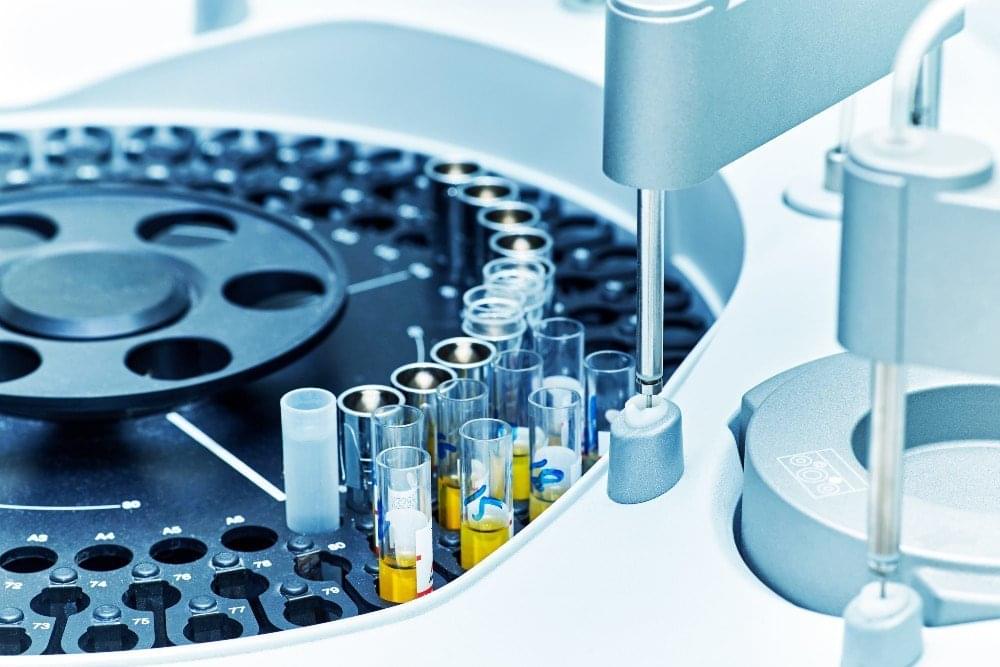Year 2022 😗
Automation is not just for high-throughput screening anymore. New devices and greater flexibility are transforming what’s possible throughout drug discovery and development. This article was written by Thomas Albanetti, AstraZeneca; Ryan Bernhardt, Biosero; Andrew Smith, AstraZeneca and Kevin Stewart, AstraZeneca for a 28-page DDW eBook, sponsored by Bio-Rad. Download the full eBook here.
A utomation has been a part of the drug discovery industry for decades. The earliest iterations of these systems were used in large pharmaceutical companies for high-throughput screening (HTS) experiments. HTS enabled the testing of libraries of small molecule compounds by a single or a series of multiple experimental conditions to i dentify the potential of those compounds as a treatment for a target disease. HTS has evolved to enable screening libraries of millions of compounds, but the high cost of equipment has largely resulted in automation occurring primarily in large pharmaceutical companies. Today, though, new types of robots paired with sophisticated software tools have helped to democratise access to automation, making it possible for pharma and biotechnology companies of almost any size to deploy these solutions in their labs.
Originally, automated solutions were only implemented for projects that involved a lot of repetitive tasks, which is typical of high-throughput experiments and assays. The equipment used in early automation efforts was expensive, specialised, and physically integrated together, effectively making the equipment unavailable for any non-automated use. Now, both the approaches and equipment are far more adaptive and flexible. The latest automation software is also much simpler to program, making it easier to swap in different instruments and robots as needed. For example, labs can run a particular HTS assay for a few weeks and then quickly pivot to run a new assay. Labs can also create and run bespoke standard operating procedures, assays, and experiments for drug targets they are interested in pursuing.










Comments are closed.